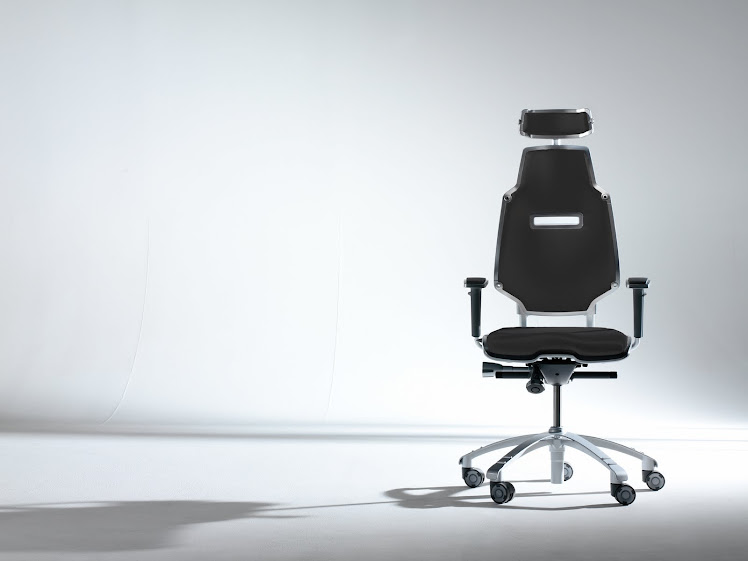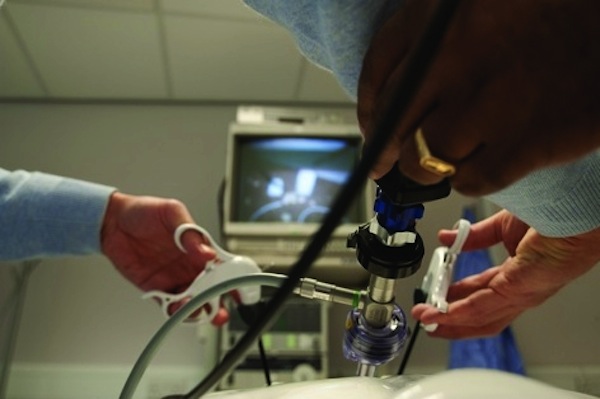 Do you carry an iPad? Do you need it always stuck to your hand? This is the product for you. This $60 case protects and attaches your iPad to your hand, ensuring you can be “that guy” when people mention iPads. I ran this old girl through her paces and thanks to a very special assistant I discovered that having an iPad stuck to your appendage is not a fun way to live. This patent pending device offers a more ergonomic way to hold your iPad and encourages proper posture, tapping, and Rolfing positions.
Do you carry an iPad? Do you need it always stuck to your hand? This is the product for you. This $60 case protects and attaches your iPad to your hand, ensuring you can be “that guy” when people mention iPads. I ran this old girl through her paces and thanks to a very special assistant I discovered that having an iPad stuck to your appendage is not a fun way to live. This patent pending device offers a more ergonomic way to hold your iPad and encourages proper posture, tapping, and Rolfing positions.
Why would someone use this? Probably because they were a doctor or something and needed to make rounds. Otherwise, this is kind of a hindrance to normal existence, especially considering the iPad is strapped down pretty hard to your hand. It’s not uncomfortable by any stretch, but it’s pretty hard to yank off if you need to get at your sidearm or katana.
For $60 this is a pretty pricey single-use item and I wouldn’t recommend it as an “around the home” device. However, if you’re using the iPad for any inordinate length of time on a daily basis, it’s worth a look.
Click through for my hands-on video.







 Of course, they’re nowhere as slick as
Of course, they’re nowhere as slick as  This isn’t Porsche Design’s entrance into the world of sleds. That happened back in 2008 with
This isn’t Porsche Design’s entrance into the world of sleds. That happened back in 2008 with